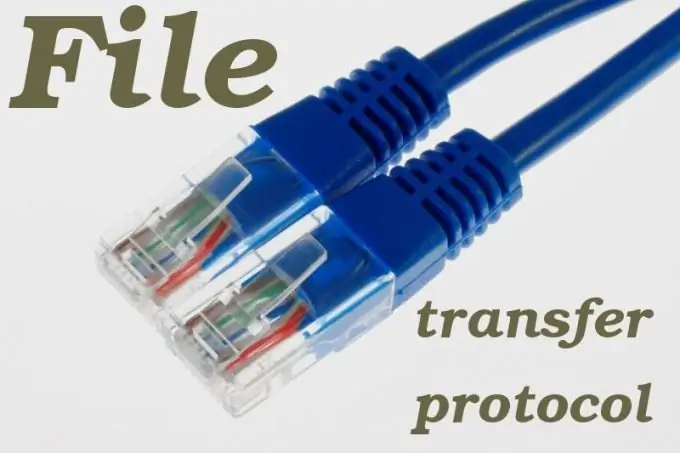- Author Lauren Nevill [email protected].
- Public 2023-12-16 18:48.
- Last modified 2025-01-23 15:15.
Some FTP servers require a username and password to access. Almost all browsers and specialized FTP clients support this procedure, called authorization.

Instructions
Step 1
Ask the server owner who has decided to grant you access to log in to the server. You can enter the username (but not the password) by placing the following text in the browser address bar: ftp: //[email protected]: nnnn, where username is the username and ftp.server.domain is the FTP server address, nnnn is the port.
Step 2
You can just enter the server address without a username - the browser will still request it along with the password: ftp: //ftp.server.domain: nnnn
Step 3
After connecting to a server that requires authorization, the browser will display a login and password entry form. The appearance of this form depends on the version and manufacturer of the program. Fill in both fields and press Enter.
Step 4
In case of a successful login to the server, you will see the contents of its root folder. Some of the folders will be read-only, others will be writable, and others will not be available at all. It all depends on what rights the owner of the resource has granted you. If incorrect data is entered, access will be denied.
Step 5
Most browsers do not provide the ability to perform any other operations with files on the FTP server, except for downloading. All other operations, such as downloading or deleting files, can be performed by FTP clients, as well as some file managers such as Midnight Commander and Far Manager. The method of entering the server address, as well as the username and password for logging into it, depends on the program used. For example, in Midnight Commander, to do this, select the "FTP connection" item in the "Left panel" or "Right panel" menu (depending on which panel you want to open the server directory in). Then enter: / # ftp: username: [email protected]: nnnn, where username is the username, password is the password, server.domain is the domain name of the server, nnnn is the port number.
Step 6
To leave the server, simply close the corresponding browser tab, exit the client program, or open any local folder in the file manager panel instead of a remote folder.






